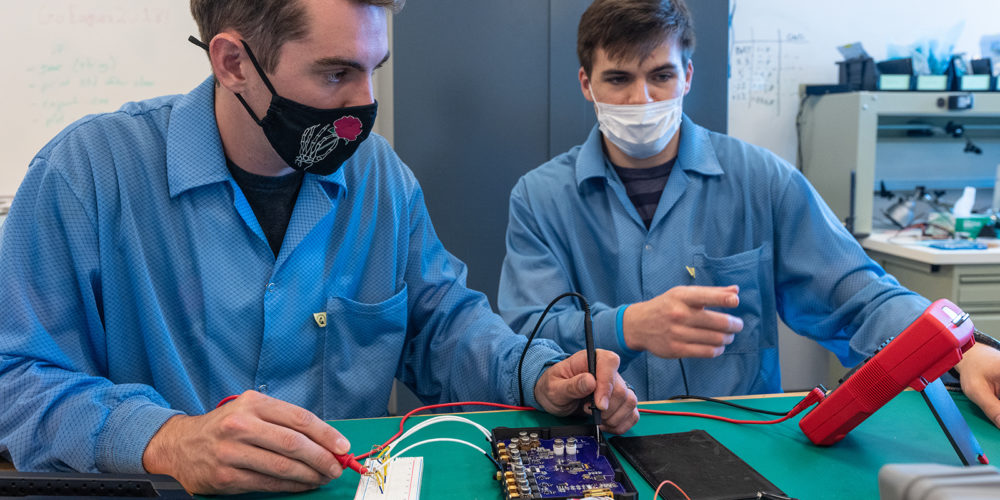Embry-Riddle students are building hardware that will be launched to Mars, as part of a $55-million NASA mission.
Dubbed the Escape and Plasma Acceleration and Dynamics Explorers (ESCAPADE) mission, the project aims to prove that spacecraft meant to explore other planets can be built, tested and launched for less than $80 million and still accurately record complex scientific data. Similar NASA science missions in the past have exceeded $500 million in cost.
“The critical thing is that students are working hands-on to build hardware that will actually be launched into space,” says Dr. Aroh Barjatya, professor of Engineering Physics. “Soon, Embry-Riddle students will have equipment they helped build destined for the moon, and for satellites orbiting Earth and around Mars. That’s incredible.”
The ESCAPADE spacecraft, integrated with Eagle-built hardware, will likely reach the red planet and be exploring its atmosphere and interaction with solar wind by 2026.
For its portion of the research, Embry-Riddle has been granted a nearly $1-million subcontract. The mission is led by the University of California, Berkeley, with the University of California, Los Angeles, also participating. The spacecraft is being built by Rocket Lab.
In November 2022, ESCAPADE will move into the critical design review stage. The actual flight hardware will then be built based on the group’s prototypes currently in development, then shipped to Berkeley in January 2023 to be integrated onto the spacecraft.
“2022 will really be the crescendo of my lab’s most recent chapter, with instruments being launched on multiple CubeSats — miniature satellites — and sounding rockets,” Barjatya says.
